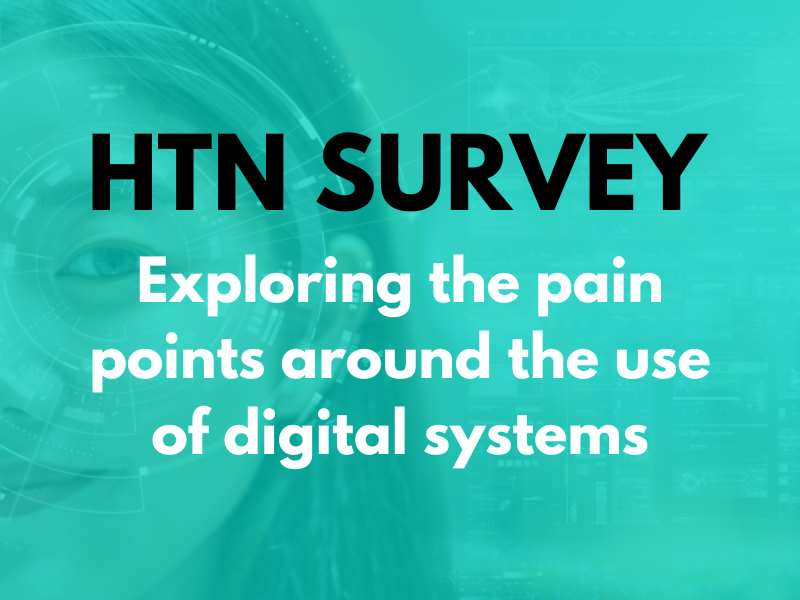An interim report has been published into the operational effectiveness of the Care Quality Commission (CQC), providing a high-level summary of emerging findings designed to “inform the changes needed to start the process of improving CQC”.
The report follows a request made to Dr Penny Dash earlier this year to carry out a review of CQC, with Dr Dash sharing how the report has been developed through communication with approximately 170 senior managers, caregivers and clinicians and more than 40 senior managers and advisors at CQC.
A key finding highlights “significant challenges” with the CQC provider portal and regulatory platform. Dr Dash observes that the systems were implemented with the view of improving operations and communications with providers and moving to an insight-driven approach; however, users report issues such as difficulty uploading documents, challenges with changing users, and long delays with password resets. The report concludes that “poorly performing IT systems are hampering CQC’s ability to roll out the SAF (single assessment framework) and cause considerable frustration and time loss for providers.”
Another finding is that of “poor operational performance”, with data provided by CQC indicating that some organisations go “several years” without a re-inspection; in particular, the oldest rating for a social care organisation was found to be from 2015 and the oldest rating from an NHS hospital dated back to 2014. The report highlights that the average age of current provider ratings overall is around 3.7 years, varying by provider type.
Additionally, the report raises concerns around the SAF, including questions around data sourcing and representation. Dr Dash notes that it was “hard to build a clear picture of exactly what data is looked at”, and she did not find any published description of CQC’s statistical analysis methods, response rate or how representation is ensured. Another concern around the SAF is “limited reference to innovation in care models of ways of encouraging adoption of these”, with Dr Dash calling this a “missed opportunity” for “driving better quality, more efficient, more responsive care across all sectors”.
On how ratings are calculated, the report highlights that overall ratings for a provider “may be calculated by aggregating the outcomes from inspections over several years”, which “cannot be credible or right”. The report comments on a lack of understanding by providers as to how ratings are calculated, leading them to believe that “it is a complicated algorithm, or a ‘magic box’. This results in a sense among providers that it is ‘impossible to change ratings’.”
The other main finding highlighted within the report at this stage is the “considerable loss of credibility” due to “inspector teams lacking sector expertise and a lack of expertise at senior levels, combined with a loss of relationships across CQC and providers”;
Dr Dash makes five key recommendations for CQC: to rapidly improve operational performance; to fix the provider portal and regulatory platform, setting how how changes will happen and the expected timeframe; to rebuild expertise within the organisation along with relationships with providers; to review the single assessment framework to make it “fit for purpose”; and to clarify how ratings are calculated, with results to be made more transparent.
A more detailed edition of the report is set to be published this autumn, with Dr Dash stating plans to discuss findings with user groups in the lead up to this, to ensure that final recommendations reflect their needs.
Read the report in full here.
CQC interim chief executive Kate Terroni has commented on the report, stating that CQC accepts the findings and recommendations, with actions planned around each. A key action includes “working to fix and improve our provider portal, and this time we’ll be listening to providers and to our colleagues about the improvements that are needed and how we can design solutions together”.
CQC in the spotlight
HTN previously explored a report from CQC focusing on “capturing innovation to accelerate improvement”, which highlighted potential barriers to innovation and how they can be mitigated.
We also reported on CQC guidance on best practice for digital record systems, which focuses on the role of “good quality records” in providing “safe, effective, compassionate, high-quality care”.





